Sponsored Listings:
I first met Ana when she moved to Tullahoma in kindergarten. When you’re six years old, you don’t understand what a political refugee is; you simply want to be friends with the exotic new girl who has a different accent from yours, is fluent in another language you didn’t previously know existed and just joined your class from far away in a magical land called Yugoslavia.
As I grew older and learned more about the Balkans and its Civil War, I became obsessed with the idea of going there. Not because I had some glamorized notion of it, but because it’s one of the few highly publicized civil wars I’ve been alive for post-evacuation from my mother’s womb in 1983, and sure, you can read books but there’s truly no way to understand something so foreign to the way you grow up than by experiencing it firsthand.
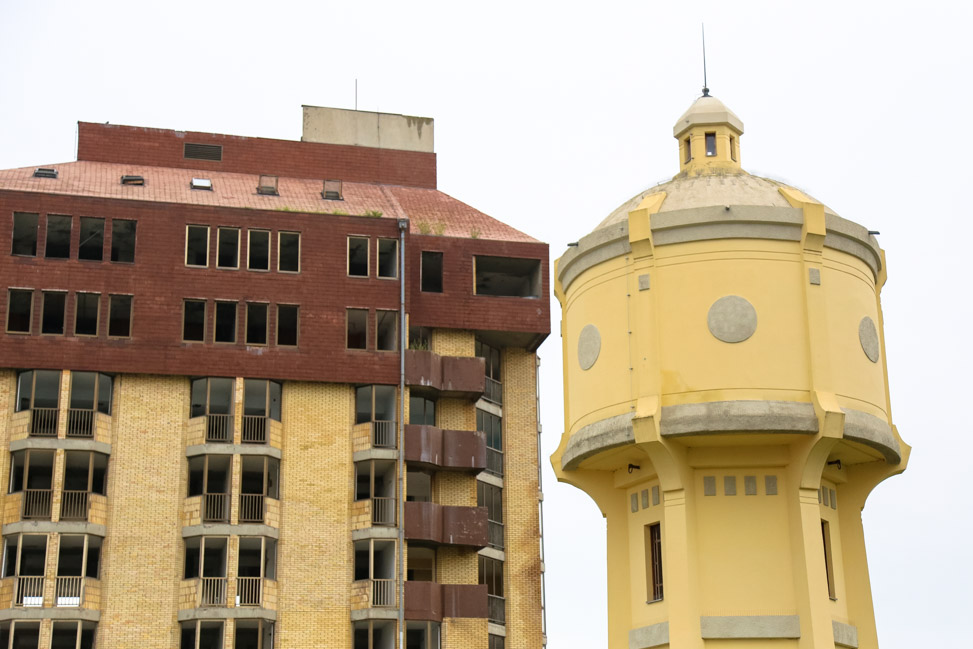
So when I told people I was taking my family on the Danube through the former Yugoslavia for our annual family vacation, reactions were a bit, well, mixed: skeptical, intrigued, curious, unsure—the responses ran the gamut, but few were “cool! I’ve always wanted to go there.” Rather, they trended toward, “but why?”
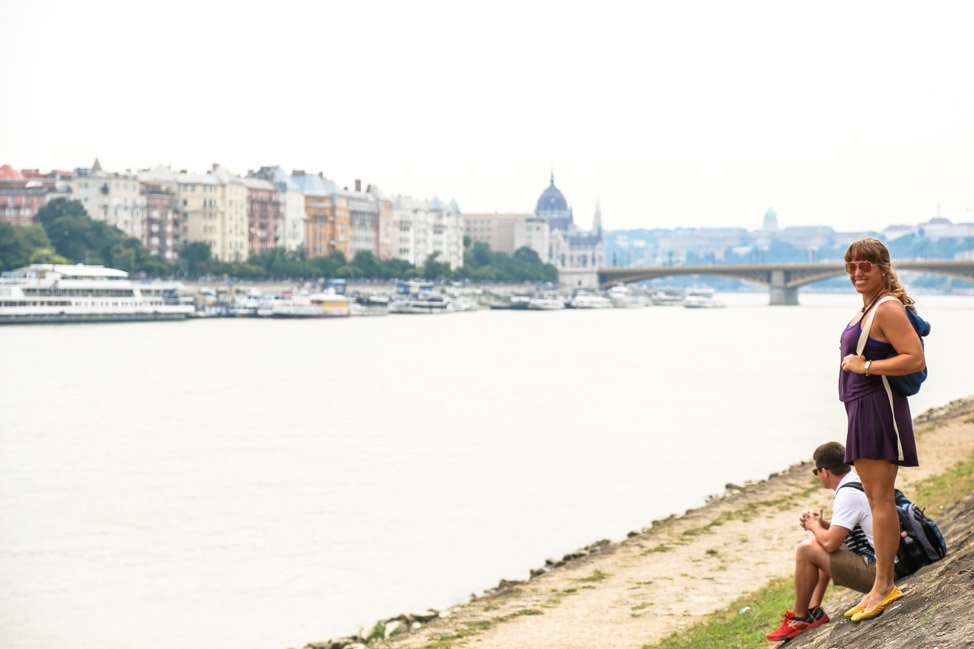
I understand. I’ve been to well over 100 countries at this point, so if it had just been SVV and me traveling alone, no one would have (likely) batted an eye. But as I was guiding a group of eight—only half of which had traveled abroad extensively—I agree that it wasn’t perhaps the most obvious choice.
Here’s how it all came about.
My mom’s dream trip had been a river cruise through Europe. After our 2014 family vacation on a tall ship in the Mediterranean, we decided our next jaunt abroad would be on a river barge. The Upper Danube through Germany is an obvious and popular choice—but we didn’t want to do that. Mom, SVV and I wanted something different, to escape the well-tread tourist path, to be enlightened and sometimes challenged, to understand this part of history we were all alive for but know little about.
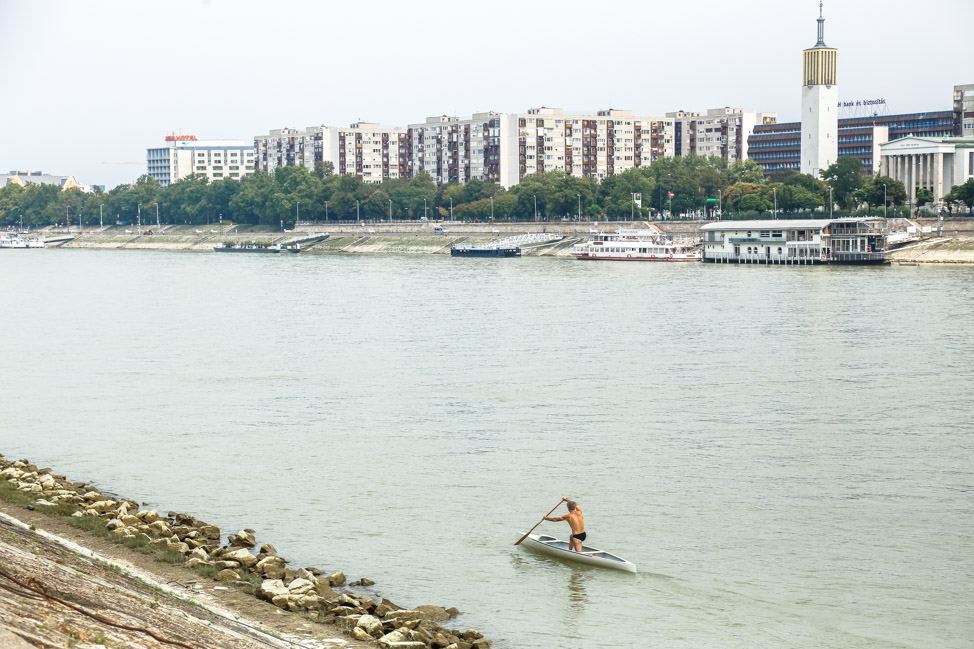
I met Kristin Karst, owner of AmaWaterways, at a travel trade conference a few years back. I was immediately charmed by her (and I promise it’s not only because she spells her name right), as I tend to be by many a German. I also loved the vibe I got about the Ama crew and offerings via the passenger reviews I read online.
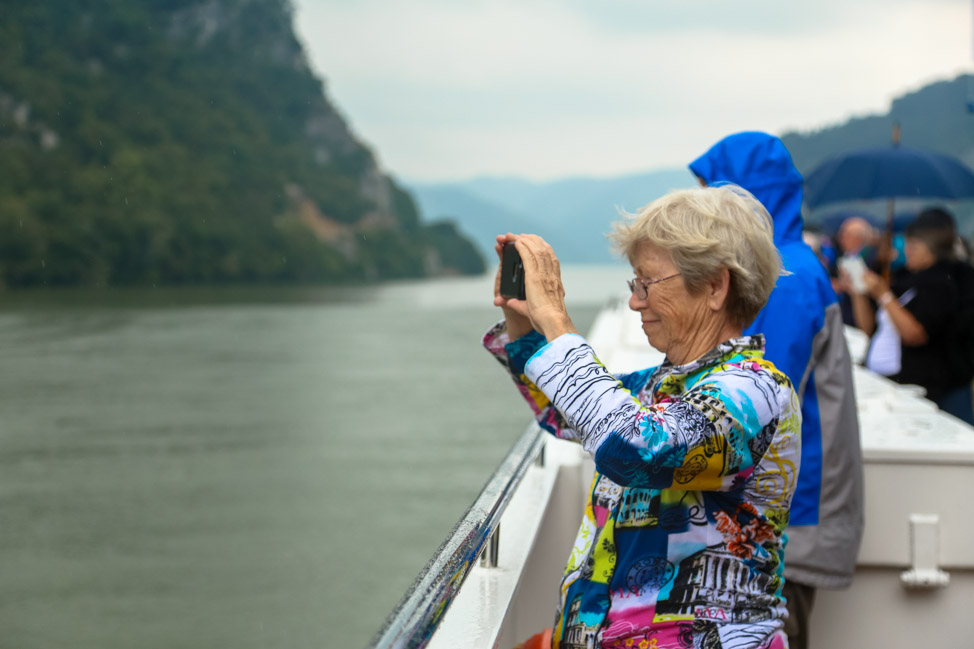
“Lovely ship, great crew, wonderful food,” one read. “Enjoyed the open dining and met lots of interesting folks. The excursions were a nice mix, with enough free time to explore.”
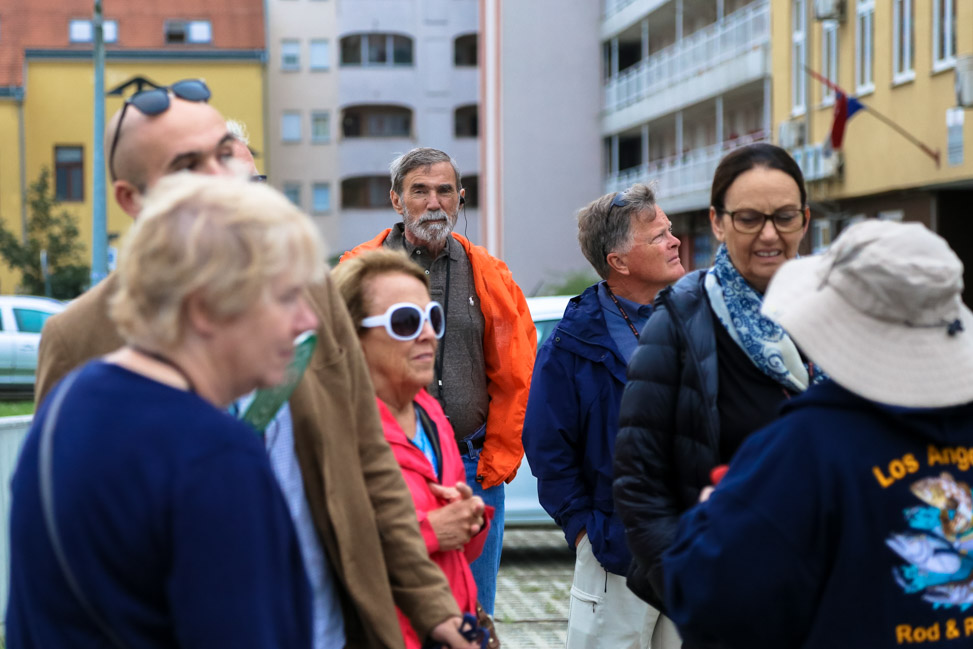
“Everything about the experience was first class and fantastic. We received excellent customer service across the board from every staff member we encountered,” another said. “The dining room staff was incredible—wonderful service and meals throughout the entire trip, wine glasses were constantly being topped off and there was a sense that the staff sincerely wanted to provide great service. The planned excursions were all organized without issue and motor coaches were clean and comfortable.”
Great food? Excellent customer service? Minimal planning on my part? Where do I sign up!
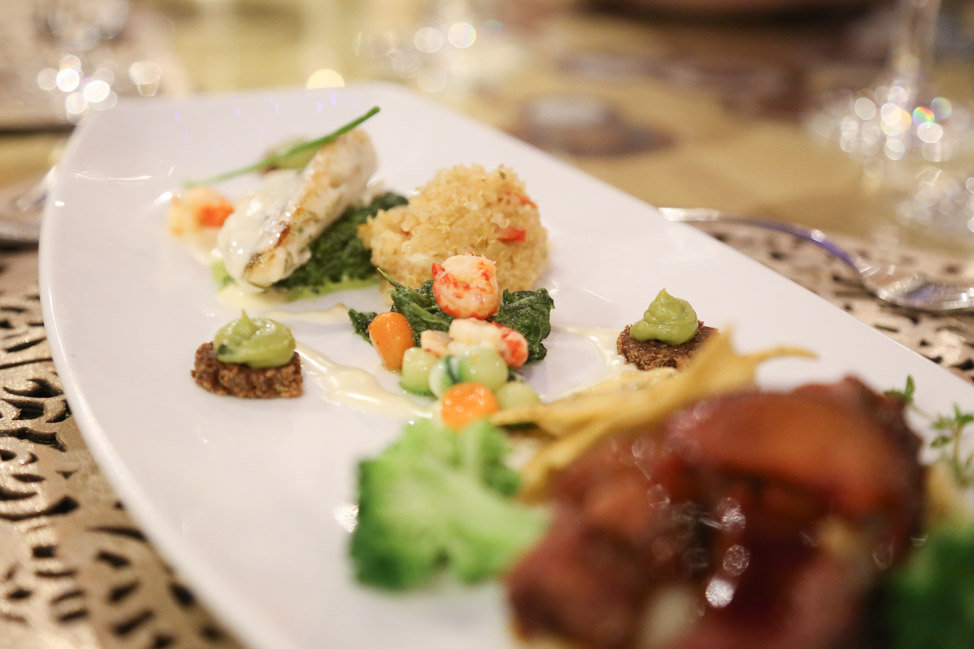
To be honest, I waffled between Ama and Viking for some time, because the latter is a lot more well known with a larger fleet of ships. What inked the deal, though, was talking to a travel agent couple in Nashville who had been on dozens of cruises—and traveled with both AmaWaterways and Viking—and said they much preferred the superior level of service and the intimate nature of Ama.
But it was this unique itinerary, the Gems of Southeast Europe, that sold my family and me; that route was perhaps less scenic and popular than further north, but it was exactly where we wanted to go—we signed up nearly a year ago, just in time to get a discount, making it around $2,500 a person for seven nights, all food, wine and drinks, and excursions. More on the actual accommodations later, though; for now, back to the itinerary itself.
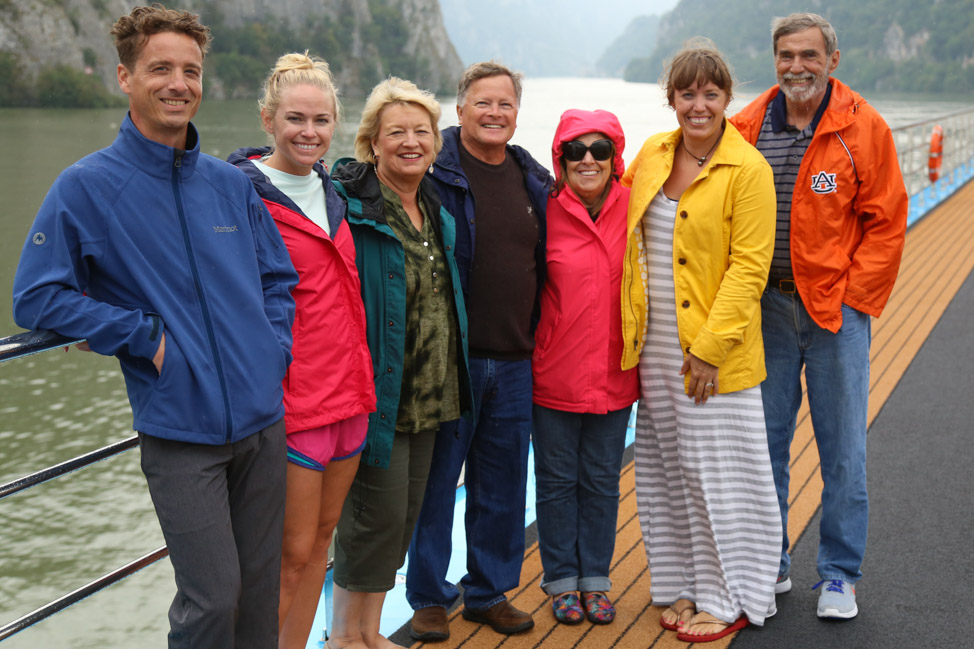
We departed from Budapest, a city near and dear to my heart, and our first stop was Mohács and Pécs in Hungary, neither of which were overly memorable, though charming in their simplicity, particularly given the cold and rainy day circumstances.
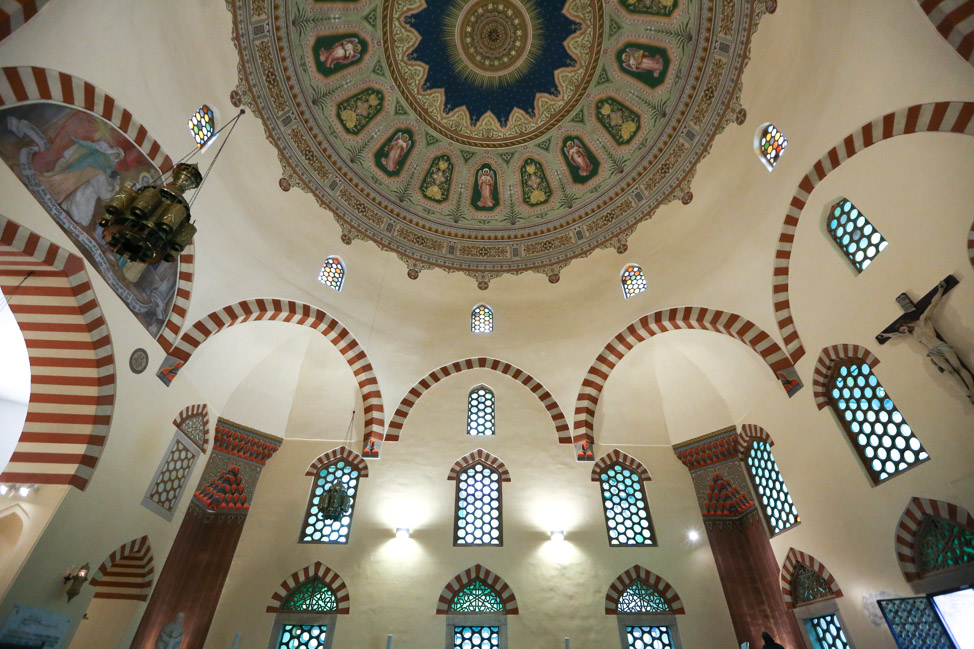


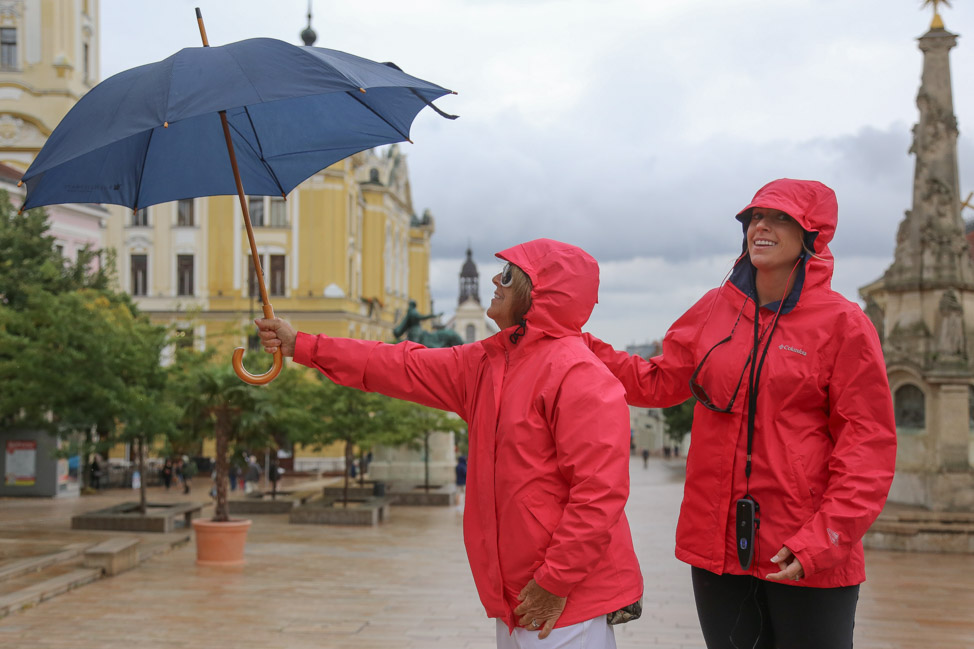

It was that second full day when the real history lesson began.
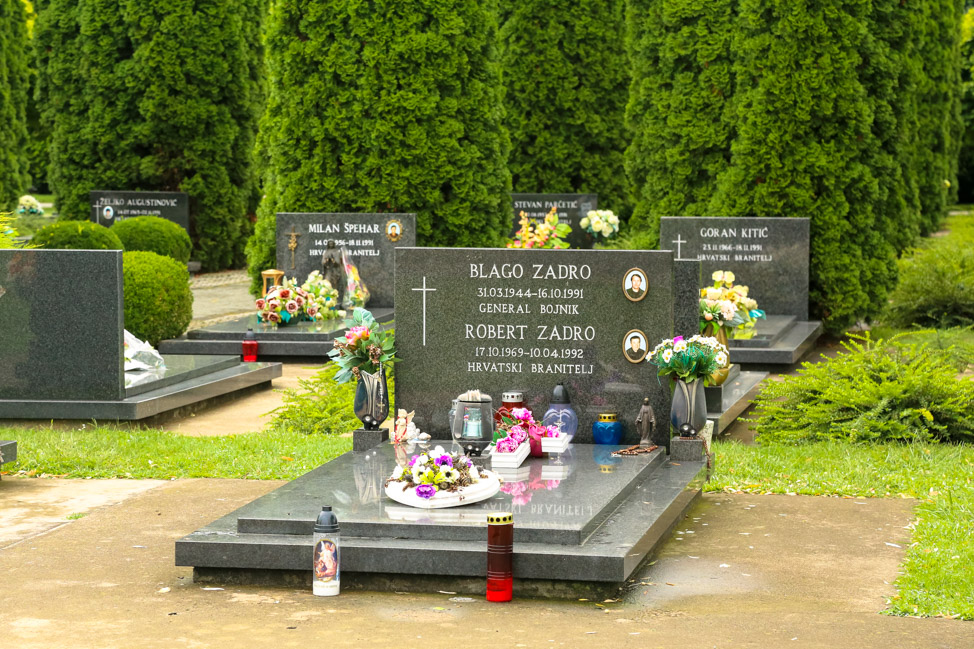
In Ilok, we encountered Dom, a 27-year-old Croat who is my sister’s age—born just three years before the war began—and talked about his childhood growing up near the Croatia-Serbia border during such a period of conflict when his country battled for its independence. One day, his mom picked him up from kindergarten early; 20 minutes later, a bomb went off in the exact spot her car was parked.
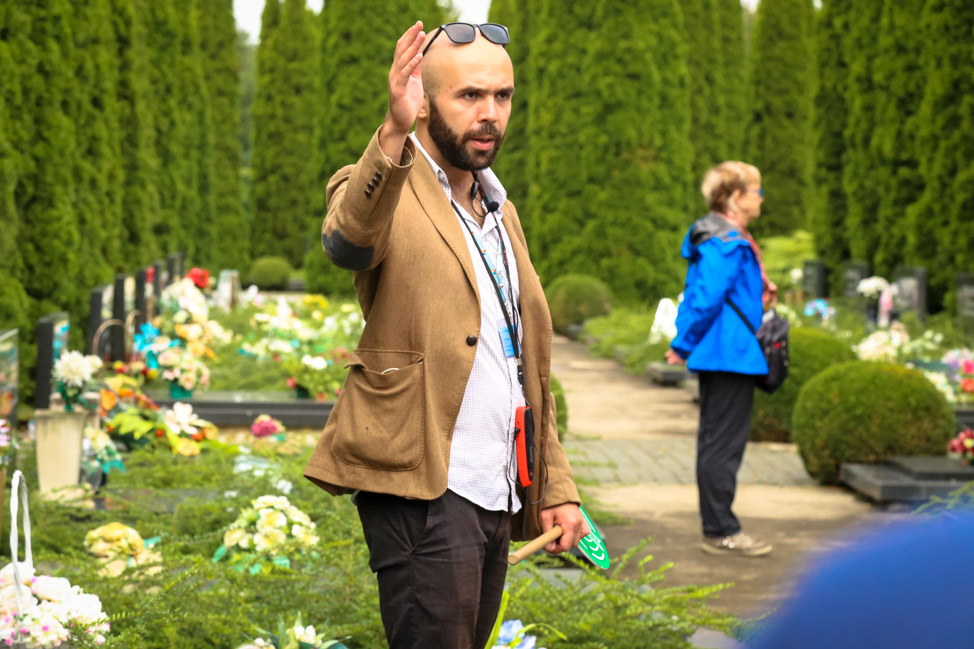

“‘Don’t touch or pick anything up on your walk to and from school,’” he told us his parents always reminded him when he was little. “You never knew if it might be a jingle bomb.”

Eventually, his mom took him to live with his grandparents on the coast for a year until things calmed down somewhat.
As we walked (or rode) around Vukovar, Dom told us stories of his own upbringing and memories as they correlated with the sites we were visiting. We visited the Cemetery for the Casualties of the Homeland War, the largest mass grave in Europe after World War II.
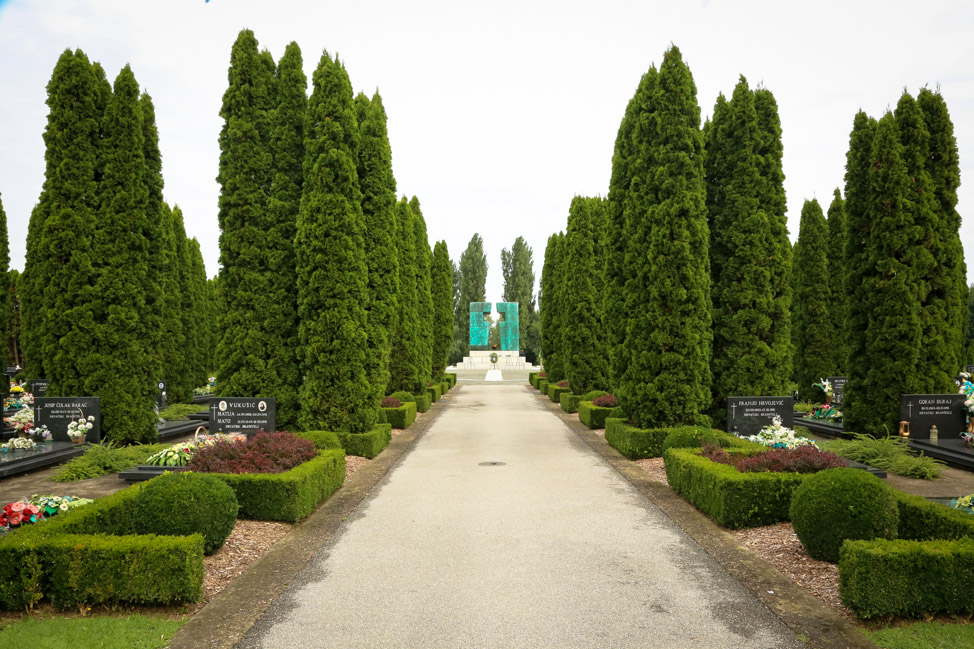
We took a bus ride a half an hour out of town, where prisoners—doctors, journalists and other professionals of their ilk—were rounded up in a farmhouse on a forgotten road and murdered because of an ideal. Their remains, and fragments of their lives, are etched into the memorial and spiral down into this single candle in the middle of the room. The UN Court later rejected all claims of genocide.
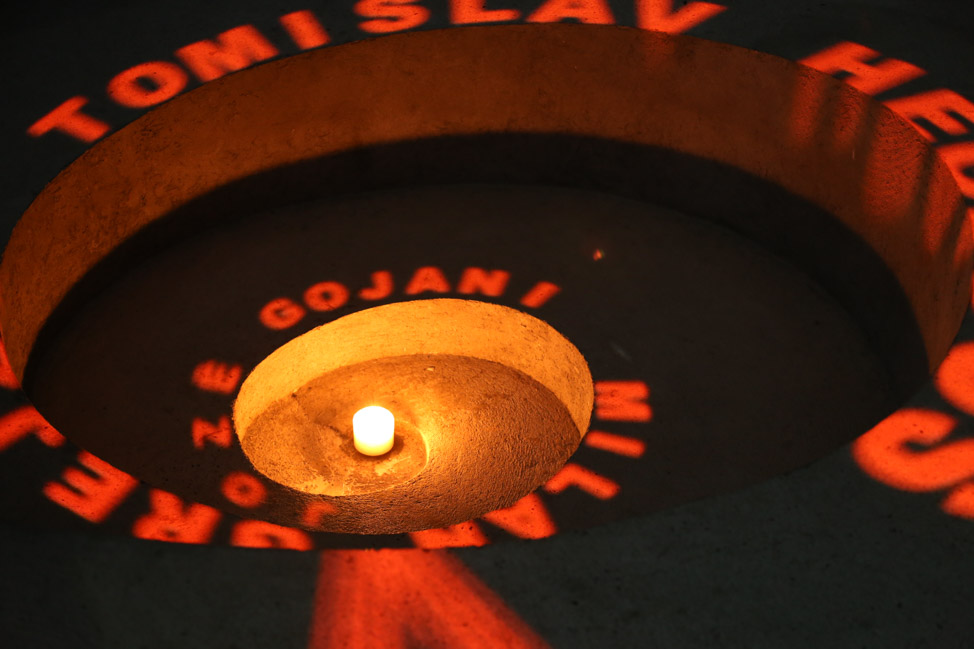
Land mines were everywhere during the Balkan War (they still are in parts), Dom told us, and bombings were prevalent. This whole area still bears the scars from a war that didn’t end all that long ago—15 years in November to be exact—and yet, the people we met aren’t at all bitter toward the Serbs; in fact, many of them told us hate gets you nowhere and they don’t want to see history repeat itself. The forgiveness, the strength and the deep passion of everyone we met on both sides of the conflict seemed to indicate a rare ray of light from the darkness of a gut-wrenching civil war. Seeing the vibrancy and youthful talent populating the more urban cities of Novi Sad and Belgrade, among others, only reinforced the sentiment.

In an age that seems to breed hate, talking to Dom, other Croats and even Serbs in the area was eye-opening and a timeless lesson into a meme that humanity never seems to learn. Love each other because of our differences and don’t hate someone forever. It’ll only perpetuate the cycle.
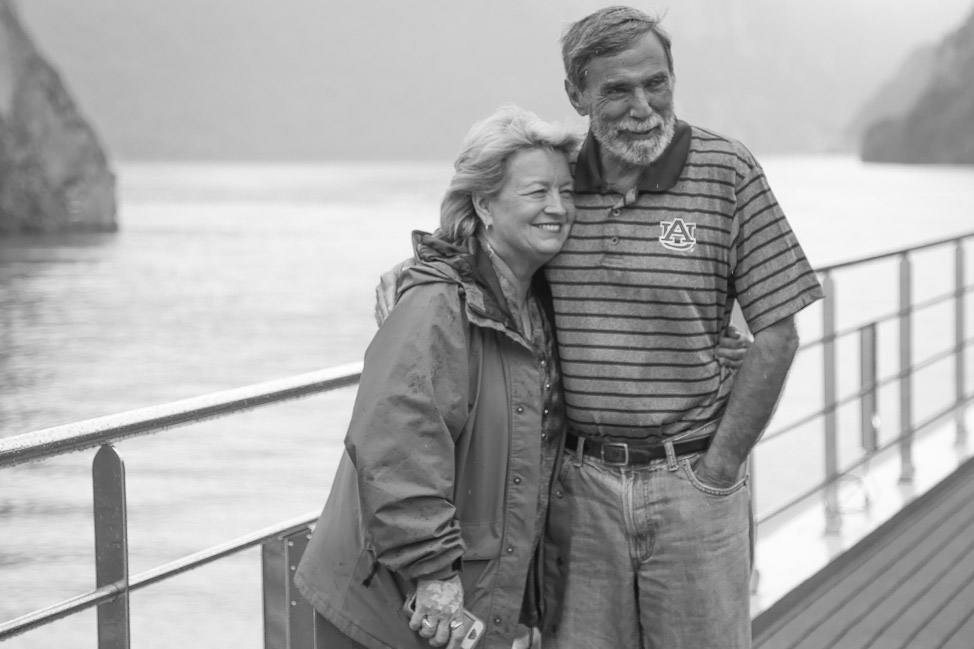
Save
Save
Save
The post The Scars of the Yugoslav Civil War appeared first on Camels & Chocolate.
Source: camelsandchocolate.com










